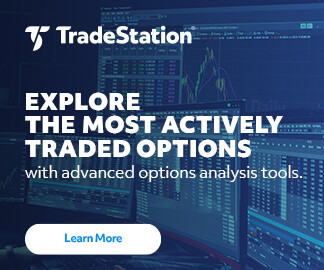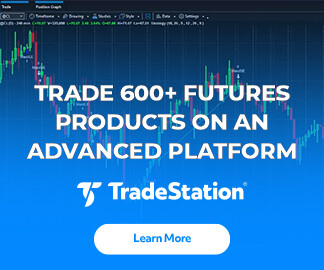Most clients understand buying and selling stocks. Options are similar, and can be traded in the same brokerage accounts. However, you should know some basic differences.
Bid / Ask Spreads Matter
A bid/ask spread is the difference between where you can sell a security (bid) and where you can buy it (ask). The buyer always pays more and the seller always gets less. Market makers keep the rest, their compensation for keeping an orderly market.
Stocks have bid/ask spreads, but they’re usually so tiny as a percentage of the price that you don’t notice. It could be $0.01 to $0.05 on a $100 stock, for example.

The bid/ask spreads on options can be much wider as a percentage of their premiums. An option may have a bid/ask spread of $0.50 / $0.55. That means a buyer is effectively accepting a 10 percent cost on top of commissions.
Liquidity Matters
This example brings us to the concept of liquidity, or how cheaply an asset can be transacted.
A handful of major stocks and ETFs dominate activity in the market. They trade thousands of times per minute, with scores of option contracts changing hands.
Not surprisingly, these underliers have the most liquidity. That, in turn, means they tend to have the tightest bid/ask spreads. Some options traders focus on these names because they’re easier to transact.
That doesn’t mean they’re easier to trade profitably because any stock or ETF can move in the wrong direction. But it does mean positions may be easier to manage and cheaper to enter and exit.
Buying Options Is Directional

Anyone purchasing a call or a put could potentially profit from a directional move. Calls make money when stocks rally and puts make money when they fall. There are other considerations involving time and volatility, but the basic principle remains.
Buying is also called a “debit trade” because you pay money at the time of entering. Money is debited from your account.
Selling Options Is Neutral (Sort of)
You can also sell calls and puts to collect premium upfront. These are “credit trades” because money is credited into your account. Selling options is also called “writing” options.
You sell options when you believe something won’t happen. For example, a trader thinking a stock won’t fall below a certain level can write puts at that price.
This is highly risky, when done alone, or “naked.” After all, the position becomes an open-ended liability if the trader is wrong and the stock moves past the level he or she expects.
While selling options is neutral, they still have an underlying bias:
- Selling puts has a bullish bias because it reflects a view that the stock won’t fall too much.
- Selling calls has a bearish bias because it assumes shares won’t rally above a certain level.

Options Expire
Unlike equities, options expire. That makes their expiration dates one of the most important things to know.
Generally, options with longer expirations are more expensive. Because they have more time for a move to occur, their premiums reflect the potential for more ups and downs.
Options lose premium as expiration approaches. Upcoming lessons will explore ways to profit from this “time decay.” We’ll also discuss how to avoid getting burned by it.
Options Have ‘Assignment’
Because options give you the right to buy or sell a stock, there are times when they trigger other transactions on those underliers. This is called “assignment.”
Traders selling puts can be “assigned” ownership in an stock, for instance. Investors writing calls against stock (covered call) can see their stock liquidated at the strike price at any time.
Likewise, if you hold puts through expiration, you may find yourself short stock the next session.
A future post will explore the various ways assignment can affect you. For now you just need to know it’s one of the main complications of options that doesn’t exist in stock trading.
Options trading is not suitable for all investors. Your TradeStation Securities’ account application to trade options will be considered and approved or disapproved based on all relevant factors, including your trading experience. See Characteristics and Risks of Standardized Options. Visit www.TradeStation.com/Pricing for full details on the costs and fees associated with options.
Margin trading involves risks, and it is important that you fully understand those risks before trading on margin. The Margin Disclosure Statement outlines many of those risks, including that you can lose more funds than you deposit in your margin account; your brokerage firm can force the sale of securities in your account; your brokerage firm can sell your securities without contacting you; and you are not entitled to an extension of time on a margin call. Review the Margin Disclosure Statement.


























